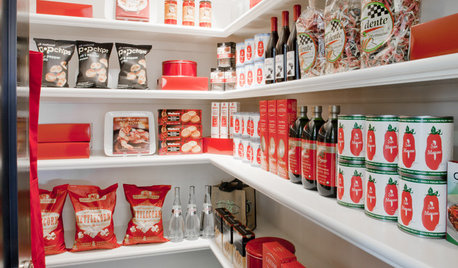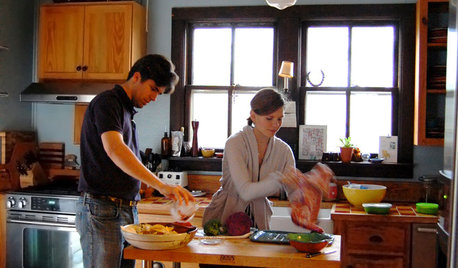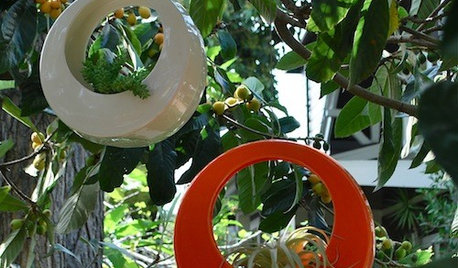Growing Quinoa or Amaranth in containers?
alrightypewriter
13 years ago
Related Stories

CONTAINER GARDENS7 Deer-Resistant Flowers for Your Summer Containers
Grow these as protection for edibles or just for their colorful beauty — deer might not like them, but everyone else will
Full Story
HEALTHY HOME12 Ways to Set Up Your Kitchen for Healthy Eating
Making smart food choices is easier when your kitchen is part of your support team
Full Story
GARDENING GUIDESGet a Head Start on Planning Your Garden Even if It’s Snowing
Reviewing what you grew last year now will pay off when it’s time to head outside
Full Story
GARDENING GUIDESOrganic Matters: Thwart Insect Pests With Trap Crops
Add a few sacrificial plants to your garden to lure insects away from the harvest
Full Story
GARDENING GUIDESThe Art of Green Mulch
You can design a natural garden that doesn’t rely on covering your soil with wood and bark mulch
Full Story
FALL GARDENING7 Reasons Not to Clean Up Your Fall Garden
Before you pluck and rake, consider wildlife, the health of your plants and your own right to relax
Full Story
KITCHEN STORAGEGet It Done: How to Clean Out the Pantry
Crumbs, dust bunnies and old cocoa, beware — your pantry time is up
Full Story
GARDENING AND LANDSCAPINGWorld of Design: 10 Home Gardeners Show Us Their Sweet Summer Harvests
From New York to Tokyo, these gardeners have turned their yards, terraces and rooftops into places of bounty
Full Story
ENTERTAINING8 Stress-Busting Tips for Hosting Small Gatherings
Make entertaining easy with these ideas for casual get-togethers
Full Story
GARDENING AND LANDSCAPING40 Great Gifts for Gardeners
What to Get for Green-Thumb Types. It's a No-Gnome Zone.
Full StoryMore Discussions









oregonwoodsmoke
alrightypewriterOriginal Author
Related Professionals
Garden City Landscape Architects & Landscape Designers · South Elgin Landscape Architects & Landscape Designers · Aberdeen Landscape Contractors · Canby Landscape Contractors · Peoria Landscape Contractors · Norwalk Window Contractors · Godfrey Window Contractors · Marshfield Window Contractors · Woodland Hills Window Contractors · Peoria Fence Contractors · Alexandria Fence Contractors · Chandler Fence Contractors · Falls Church Fence Contractors · Kirkland Fence Contractors · Maywood Fence Contractorsemgardener
gabriellegion1_yahoo_com
Manday